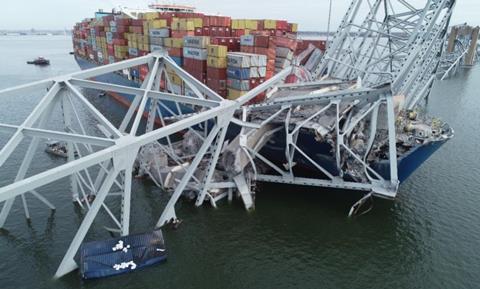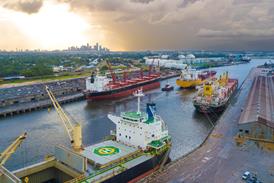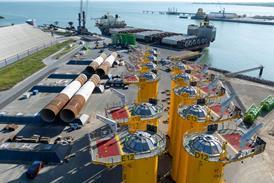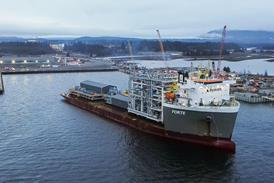As part of the ongoing investigation into the collapse of the Francis Scott Key Bridge in Baltimore, the National Transportation Safety Board (NTSB) recommended that 30 owners of 68 bridges across 19 states conduct a vulnerability assessment to ascertain the risk of bridge collapse from a vessel collision.

Research by the NTSB found that the Francis Scott Key Bridge, which collapsed after being struck by the container ship Dali in March 2024, was almost 30 times above the acceptable risk threshold for critical or essential bridges. This is according to guidance established by the American Association of State Highway and Transportation Officials (AASHTO).
Over the last year, the NTSB identified 68 bridges that were designed before the AASHTO regulation was established that do not have a valid vulnerability assessment. From the recommendations, bridge owners can then determine the annual frequency of collapse for their bridges using AASHTO’s Method II calculation.
The NTSB’s report does not suggest that the 68 bridges are certain to collapse; instead, the organisation suggests that bridge owners develop and implement a thorough risk reduction plan, if the calculations reveal that a bridge has a risk level above the AASHTO threshold.
According to the NTSB, had the Maryland Transportation Authority (MDTA) conducted a vulnerability assessment on the Key Bridge based on recent vessel traffic, the former would have been mindful that the bridge was above the acceptable risk and would have had information to pre-emptively lessen the bridge’s risk of a collapse and loss of lives association with the collision.
The Federal Highway Administration (FHWA), US Coast Guard and the US Army Corps of Engineers have been recommended by the NTSB to form an interdisciplinary team to provide guidance and assistance to bridge owners on assessing and limiting the risk, which could lead to infrastructure enhancements or operational alterations.
The US Army Corps of Engineers successfully restored Baltimore’s Fort McHenry Federal Channel to its full operational dimensions in June 2024. This massive effort saw coordination among 56 agencies and the deployment of a global team of specialists. HLPFI detailed the significant adjustments made by ports, carriers, and forwarders across the Eastern Seaboard to manage the disruptions caused by the bridge collapse.
















